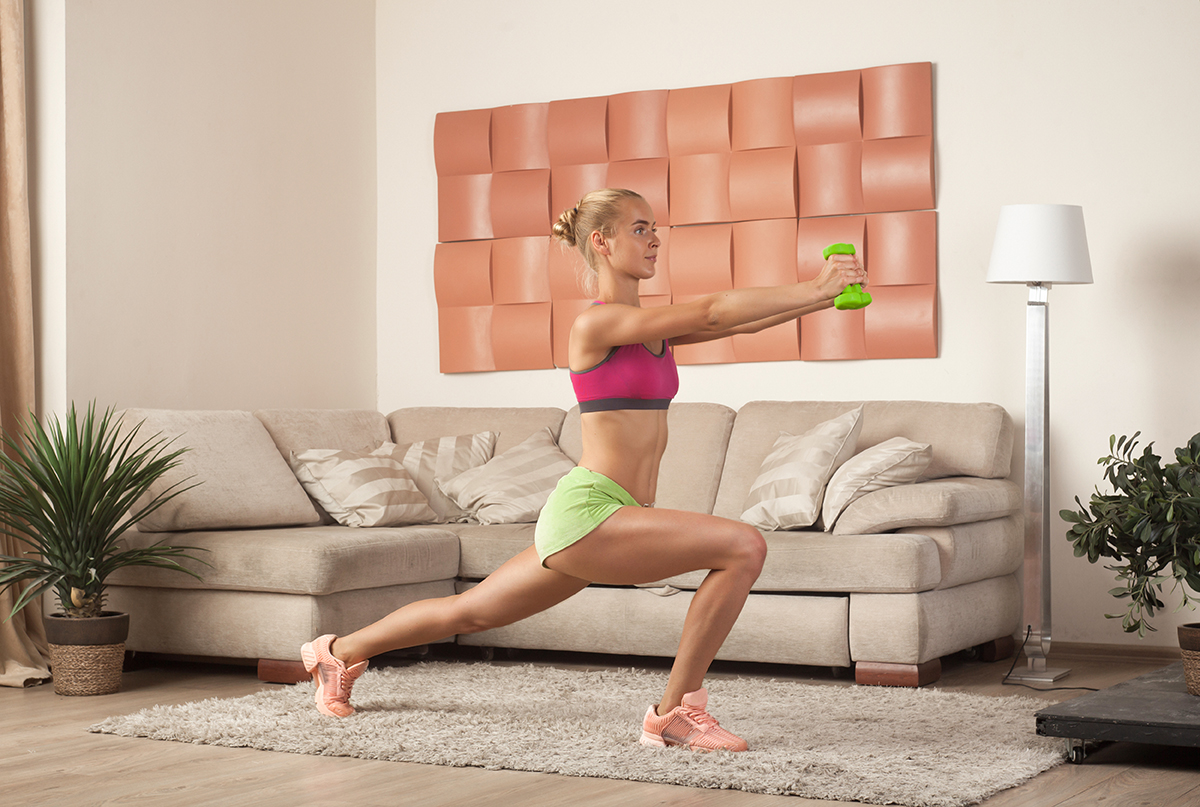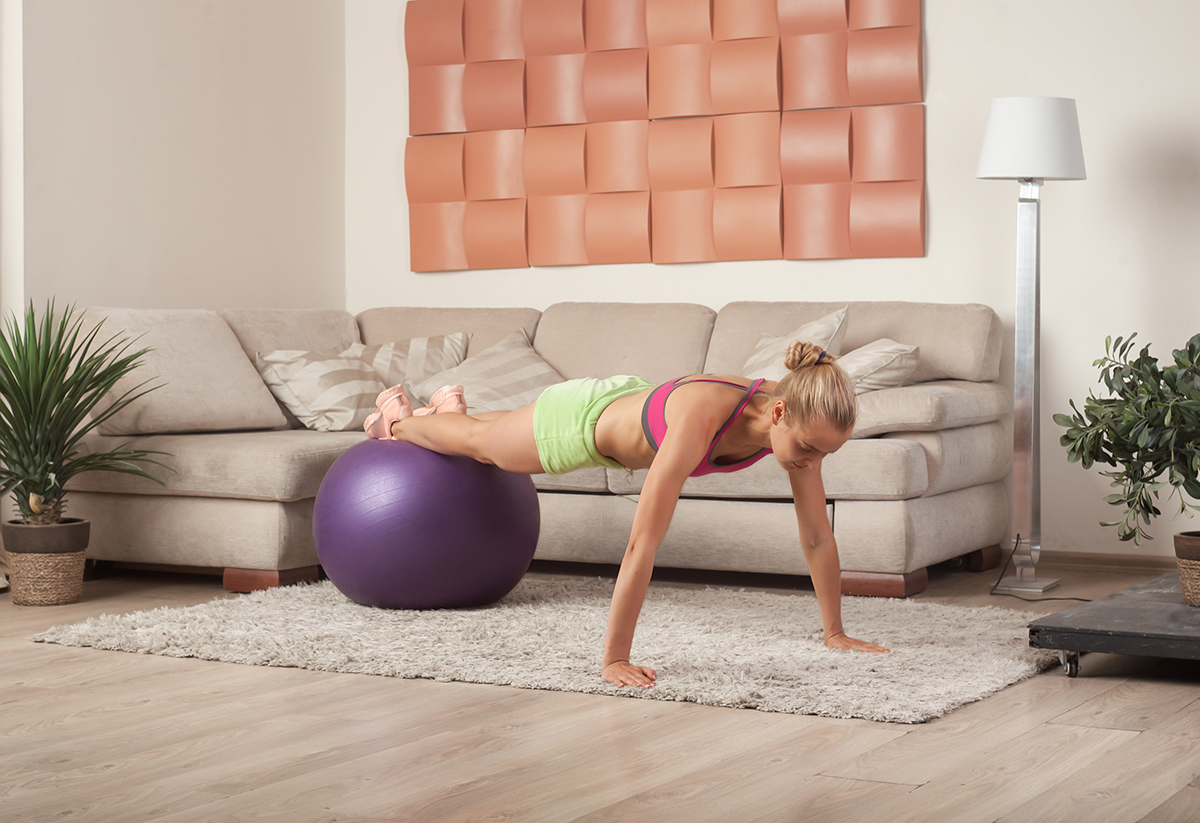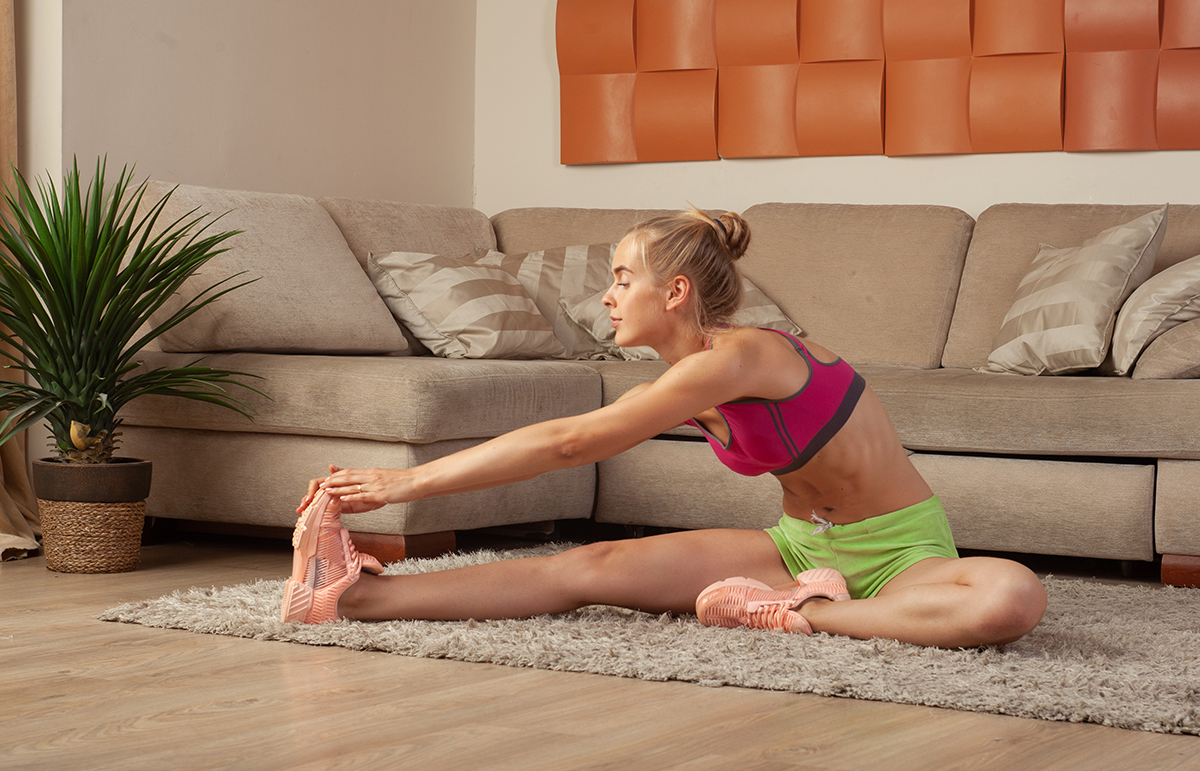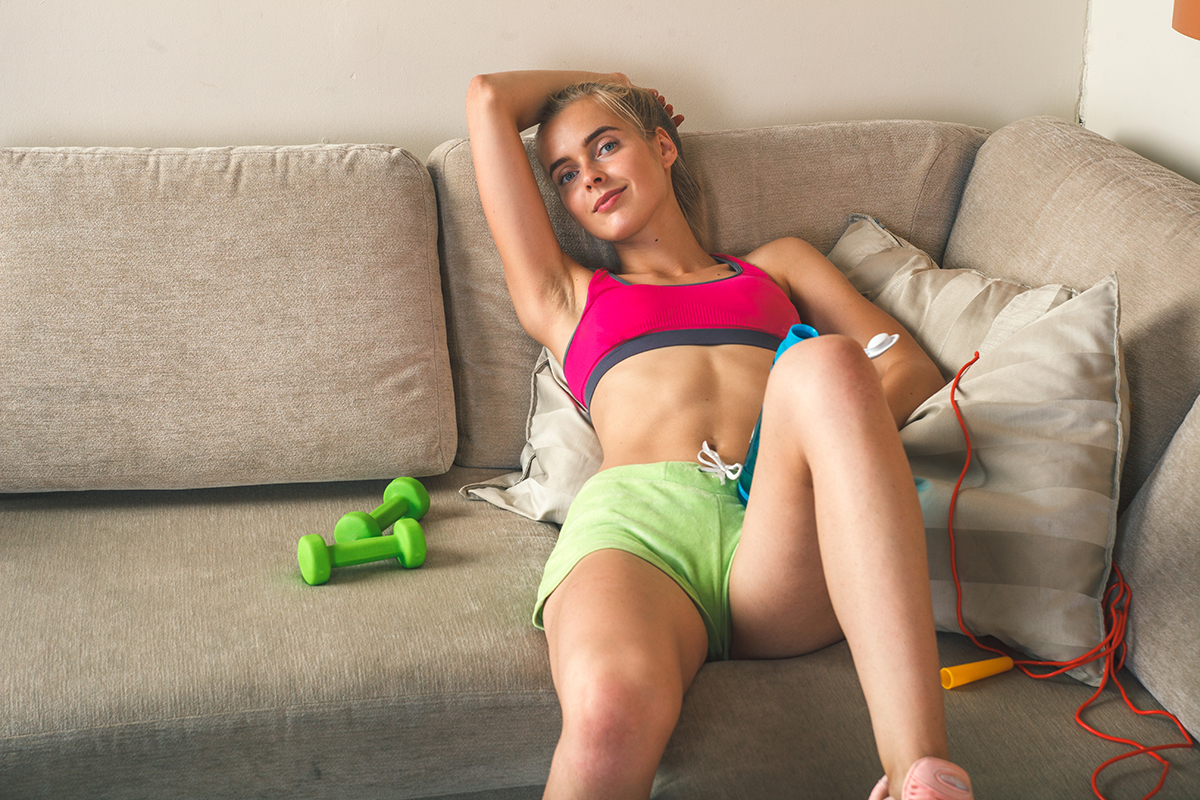No matter what your fitness goals are, you'll have a hard time reaching them efficiently if you don't have an outlined plan in place. With just a little planning, you'll achieve your goals faster and get better results than simply exercising haphazardly and expecting results. Let's outline how to go about making your own personalized workout routine.

Understanding why you are training is the first step in developing a plan to get the results you're looking for. Training for a marathon is different than training to reach your goal weight or preparing to enter the realm of mixed martial arts.
While assessing your fitness goals, it's important to consider a few things:
- Are you training for a specific event?
- Are you training for continued competition?
- Is there an end result or target date to achieve your goals?
- Are you hoping to reach a certain goal and then move on to other goals?
Your training plan may look different depending on whether or not you have a target date or goal in mind. It might not be prudent to continue the same workout plan day after day once you've completed your marathon or achieved your weight loss goals, so it's important to estimate whether your plan is a permanent routine or one that has an achievable endgame.

Once you've outlined your goals, you should evaluate the time you have to achieve them. There are two important time constraints to consider.
You should first evaluate the deadline to achieve your fitness goals. If you're training to improve your 5K time at a specific race or are training for your first boxing match, you'll have to meet your goal by the date of the event.
In this case, your date is fairly inflexible, so you should take this deadline into account and specifically target skills and exercises that will help you achieve success in the designated time frame. If you're designing a workout plan for overall better health, strength building or any other long-term or sustainable fitness goal, you'll want to consider a flexible workout routine that can be varied in order to get results and keep you motivated.
Secondly, you'll have to evaluate how much time you have each day, week or month to actually workout. If your time is limited, you'll have to prioritize the type of workout you undertake in order to produce results. It's also important to make sure you schedule recovery days into your workout plan so you don't negate your progress due to injury or fatigue.

Once you've calculated the amount of time you have to exercise, it's time to create a workout plan.
Make sure you include activities that meet your equipment and time restrictions. If you don't have access to a gym or gym equipment, your plan might look a little different than one requiring expensive apparatuses. The good news is that the internet contains bountiful resources for athletes training at home without equipment. Take some time to find exercises that will challenge you and provide an intense enough workout to help you meet your fitness goals without having to go to the gym.
Remember to vary your workout routine and keep each element relevant. If your ultimate goal is to run a distance race, don't neglect cardio for excessive strength building. If you're looking into MMA, make sure you include plenty of high-intensity interval training. No matter what your end goal is it's important to research routines that will ultimately help you achieve success, and remember to vary your plan from day to day to prevent boredom and target your entire body.

Hydration and nutrition are often neglected in workout plans, but taking care of what you put into your body can be the difference between success and failure.
Plans for training for a marathon, building muscle and working out to hit weight goals all have different nutritional needs. Consider consulting your physician or a nutritionist to assess the amounts of protein, carbohydrates and other nutrients that are required for the type of training in your plan.
It's very important to implement a hydration schedule to keep the fluid levels in your body at optimum levels. Drinking fluids should occur regularly throughout the day, even on recovery and off days. If you plan on an intense workout session or the temperature is higher than normal, you should drink extra fluids before and after workout sessions.
In most cases, simply consuming water won't be enough. Your muscles require electrolytes to perform, your mind needs vitamins to stay sharp and when you sweat you lose these important vitamins and minerals that can help improve your performance and aid in post-workout recovery.
Adding a pre-workout TapouT Citrus Kick into your hydration plan can give your workout the boost it needs to be more effective. TapouT contains all four electrolytes as well as a specialized formula of vitamins to keep your mind and body sharp. By consuming a TapouT Citrus Kick before, during or after a workout, you're supplying your body with:
- Electrolytes: Potassium, Magnesium, Calcium and Chloride
- Vitamins A, C, E, B2, B3, B5, B6 and B12
- 240mg Sodium
- 30g Carbohydrates for Energy
Beyond electrolytes and vitamins, TapouT also gives your body the natural sodium it requires to store and utilize fluids properly. Without this sodium, your body can potentially deplete its fluid resources much quicker leading to dehydration and lack of performance. Unlike water, TapouT Citrus Kick contains the carbohydrates your body converts to energy to power you through any workout routine. If your diet or activity levels require a zero-carb sports performance beverage, consider zero-sugar TapouT Cherry Lemonade Blast. Our Cherry Lemonade Blast flavor contains the same sodium, vitamins and electrolytes without the carbs and sugar.
